Dualband ONU is also called 5G onu, and it can also be called AC onu.
So what is the dualband onu?
According to the standard of wireless network, dualband onu will be better than single-band onu. It will be the most popular onu in the future.
IEEE 802.11ac
IEEE 802.11ac is a developing 802.11 wireless computer network communication standard, which uses the 6GHz frequency band (also known as the 5GHz frequency band) for wireless local area network (WLAN) communication. In theory, it can provide at least 1 Gigabit per second bandwidth for multi-station wireless local area network (WLAN) communications, or at least 500 megabits per second (500 Mbit/s) for a single connection transmission bandwidth.
It adopts and expands the air interface concept derived from 802.11n, including: wider RF bandwidth (up to 160 MHz), more MIMO spatial streams (increased to 8), MU-MIMO , And high-density demodulation (modulation, up to 256QAM). It is a potential successor to IEEE 802.11n.
Our company, Shenzhen HUANET Technology CO., Ltd can provide all kinds of dualband onts. Here are some dualband onu models.
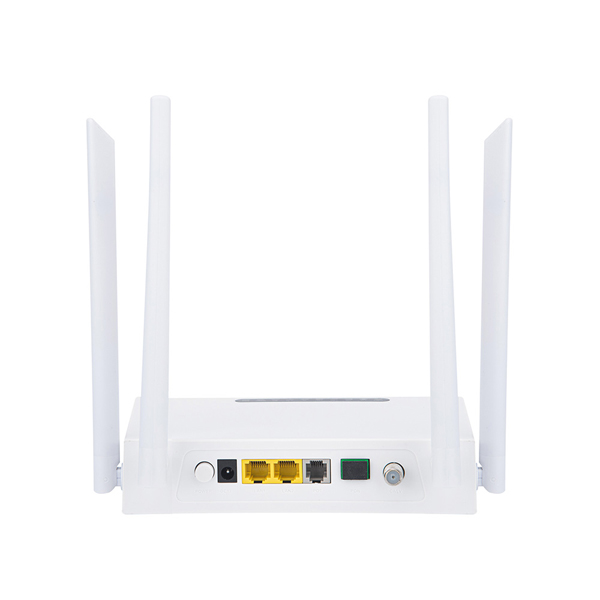
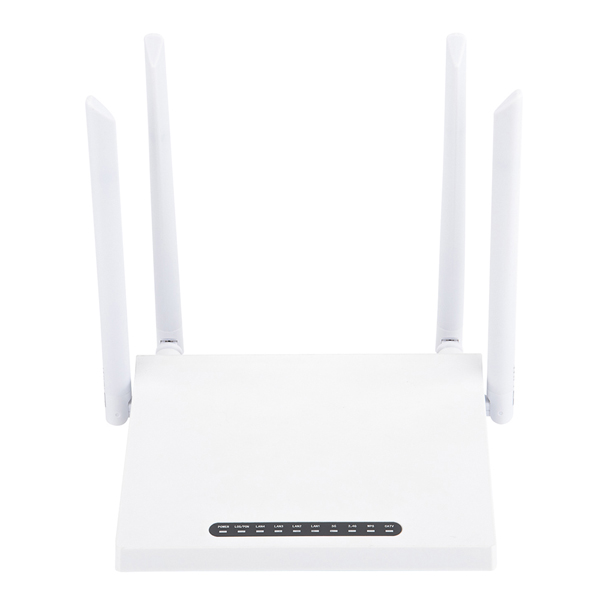
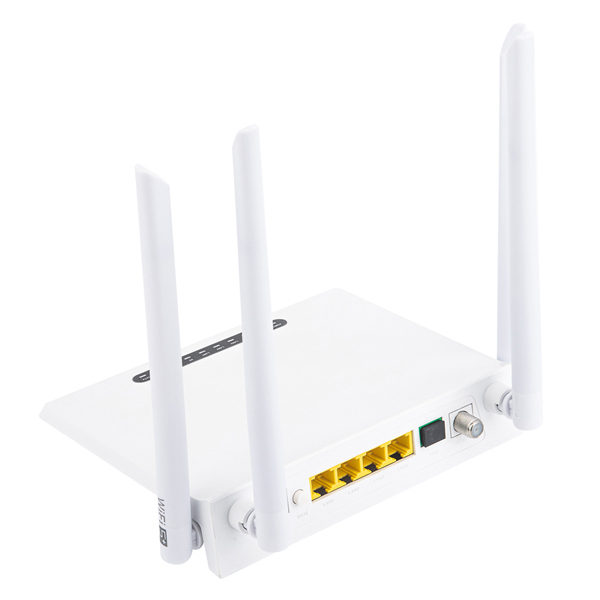
The 5GHz WiFi uses a higher frequency band to bring less channel congestion. It uses 22 channels and does not interfere with each other. Compared with the 3 channels of 2.4GHz, it significantly reduces signal congestion. So the transmission rate of 5GHz is 5GHz faster than 2.4GHz.
The 5GHz Wi-Fi frequency band using the fifth-generation 802.11ac protocol can reach a transmission speed of 433Mbps under a bandwidth of 80MHz, and a transmission speed of 866Mbps under a bandwidth of 160MHz, compared to the 2.4GHz transmission rate of the highest rate of 300Mbps Has been greatly improved.
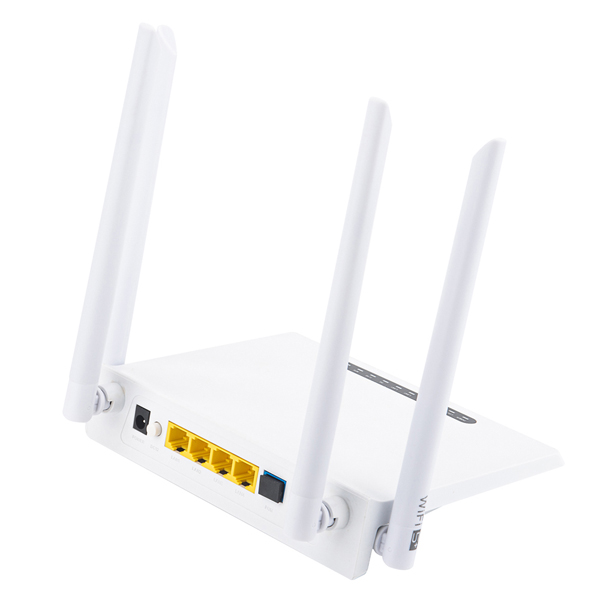
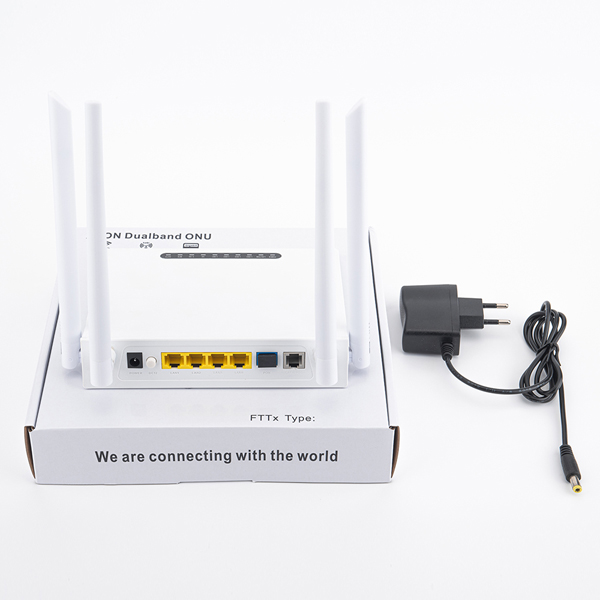
However, 5GHz Wi-Fi also has shortcomings. Its shortcomings lie in the transmission distance and the ability to traverse obstacles.
Because Wi-Fi is an electromagnetic wave, its main propagation method is straight line propagation. When it encounters obstacles, it will produce penetration, reflection, diffraction and other phenomena. Among them, penetration is the main one, and a small part of the signal will occur. Reflection and diffraction. The physical characteristics of radio waves are that the lower the frequency, the longer the wavelength, the smaller the loss during propagation, the wider the coverage, and the easier it is to bypass obstacles; the higher the frequency, the smaller the coverage and the more difficult it is. Go around obstacles.
Therefore, the 5G signal with high frequency and short wavelength has a relatively small coverage area, and the ability to pass through obstacles is not as good as 2.4GHz.
In terms of transmission distance, 2.4GHz Wi-Fi can reach a maximum coverage of 70 meters indoors, and a maximum coverage of 250 meters outdoors. And 5GHz Wi-Fi can only reach a maximum coverage of 35 meters indoors.
Post time: Jul-03-2023

